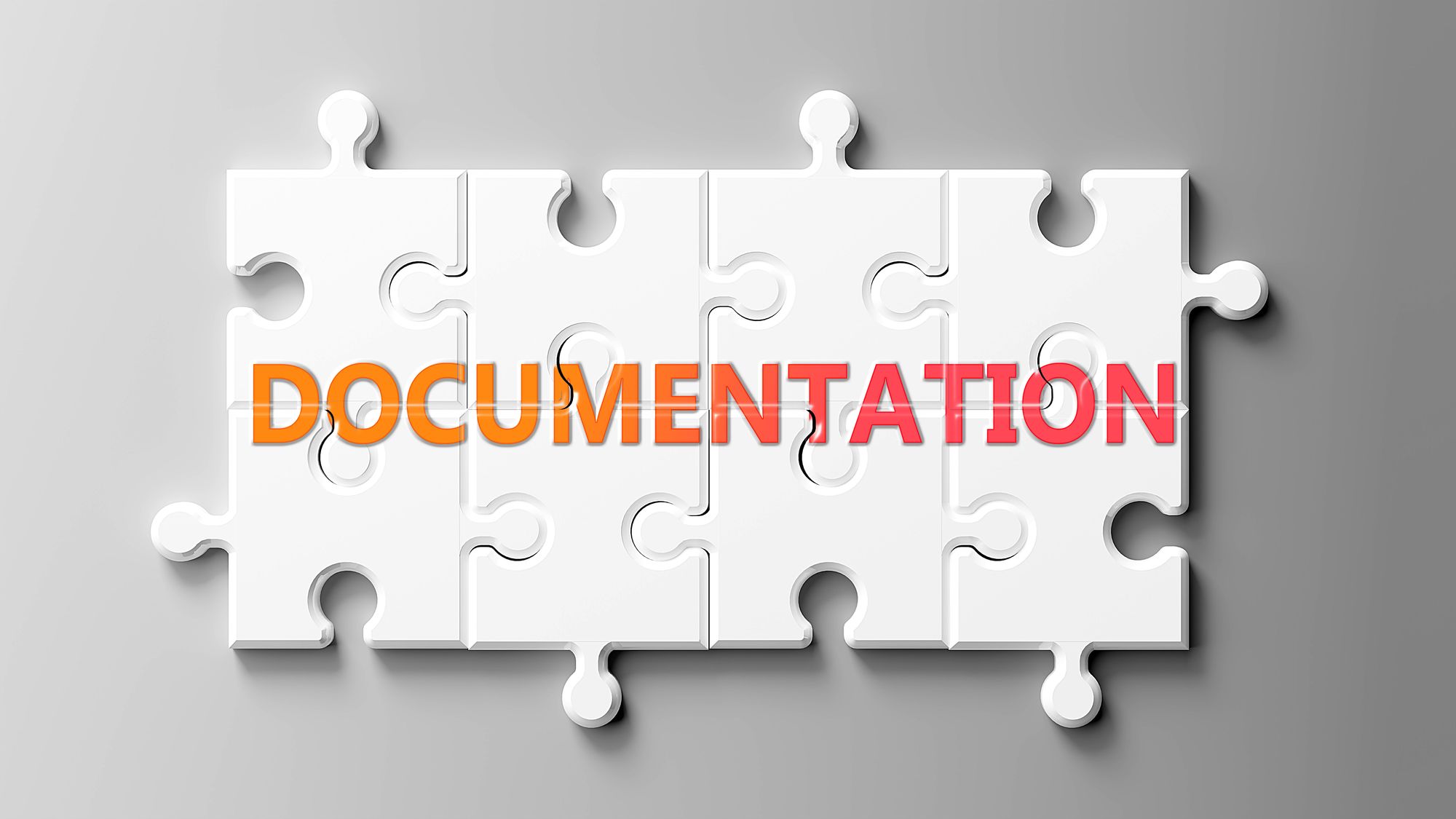From Sidekick to Star: Why Documentation Deserves the Spotlight as a Product in Its Own Right 🌟📚

Introduction
Picture this: you’ve just unboxed a shiny new gadget, and you can’t wait to dive in. But when you try to set it up, you’re met with a cryptic manual—or worse, none at all! Suddenly, frustration sets in. Sound familiar? Documentation is often the unsung hero (or the missing link) in product experiences. But what if we gave it the attention it truly deserves? What if we treated documentation not as an afterthought, but as a product in itself? Let’s explore why documentation should take center stage.
What Is Documentation, Really? 🤔
Documentation is more than just a set of instructions or a technical guide. It’s the bridge between a product and its users. Whether it’s a user manual, API reference, troubleshooting guide, or onboarding tutorial, documentation shapes how people interact with technology. Good documentation empowers users, reduces support costs, and enhances the overall experience. Bad documentation, on the other hand, can lead to confusion, frustration, and even product abandonment.
The Case for Treating Documentation as a Product 🛠️
1. Documentation Shapes User Experience
Imagine buying a complex software tool. Without clear documentation, even the most intuitive interface can feel like a maze. When documentation is treated as a product, it’s designed with the same care as the software itself. It’s user-tested, iterated upon, and continuously improved. This approach ensures that users can quickly find answers, solve problems, and get the most out of the product.
Example:
Take Apple’s user guides. They’re not just functional—they’re beautifully designed, easy to navigate, and full of helpful visuals. This attention to detail makes the product experience seamless and enjoyable.
2. Documentation Reduces Support Burden
Every time a user can’t find an answer in the documentation, they turn to customer support. This increases the workload for support teams and can lead to longer wait times for everyone. When documentation is treated as a product, it’s comprehensive, up-to-date, and easy to find. This means fewer support tickets and happier customers.
Statistic:
According to a study by Salesforce, 67% of customers prefer self-service over speaking to a company representative. Good documentation is the key to effective self-service.
3. Documentation Builds Trust and Credibility
Clear, well-written documentation signals that a company cares about its users. It shows that the team is professional, thorough, and committed to quality. This builds trust and credibility, which can be a deciding factor for customers choosing between competing products.
Quote:
“Documentation is the face of your product when you’re not around to explain it.” – Anonymous
4. Documentation Drives Adoption and Retention
When users can easily understand and use a product, they’re more likely to stick with it. Good documentation helps users overcome the initial learning curve, discover advanced features, and troubleshoot issues on their own. This leads to higher adoption rates and lower churn.
Example:
Open-source projects like Django and React thrive because of their excellent documentation. Developers can quickly get started, contribute, and build amazing things—thanks to clear, comprehensive guides.
5. Documentation Is a Competitive Advantage
In a crowded market, great documentation can set a product apart. It’s a silent salesperson, working 24/7 to help users succeed. Companies that invest in documentation as a product gain a reputation for being user-friendly and reliable.
Case Study:
Stripe, the payment processing platform, is famous for its developer-friendly documentation. It’s a major reason why developers choose Stripe over competitors.
How to Treat Documentation as a Product 🚀
1. Start Early and Iterate Often
Don’t wait until the product is finished to start writing documentation. Begin during the design phase and update it as the product evolves. Involve technical writers, designers, and developers in the process.
2. Design for the User
Think about who will use the documentation. What are their goals? What questions do they have? Use clear language, visuals, and examples to make the content accessible.
3. Make It Easy to Find
Documentation should be easy to discover and navigate. Use a logical structure, search functionality, and links to related content. Consider using a dedicated documentation site or portal.
4. Gather Feedback and Improve
Just like any product, documentation should be tested and improved based on user feedback. Monitor search queries, support tickets, and user behavior to identify gaps and opportunities.
5. Invest in Quality
Hire skilled technical writers and editors. Use tools and templates to ensure consistency. Consider multimedia elements like videos, diagrams, and interactive tutorials.
Common Challenges (and How to Overcome Them) 🛑
1. Lack of Resources
Many teams see documentation as a low priority. Advocate for dedicated resources and show the ROI of good documentation.
2. Keeping Documentation Up-to-Date
Products change, and documentation must keep pace. Automate updates where possible and establish clear ownership.
3. Making Documentation Engaging
Technical content can be dry. Use storytelling, humor, and visuals to make it more engaging and memorable.
The Future of Documentation 🔮
As technology evolves, so does documentation. We’re seeing more interactive tutorials, AI-powered chatbots, and personalized guides. The future of documentation is dynamic, user-centered, and integrated into the product experience.
Conclusion: Documentation Deserves the Spotlight 🌟
Documentation is more than just a manual—it’s a vital part of the product experience. By treating documentation as a product in itself, companies can empower users, reduce support costs, build trust, and stand out in the market. It’s time to give documentation the attention and respect it deserves. After all, great products deserve great documentation!
